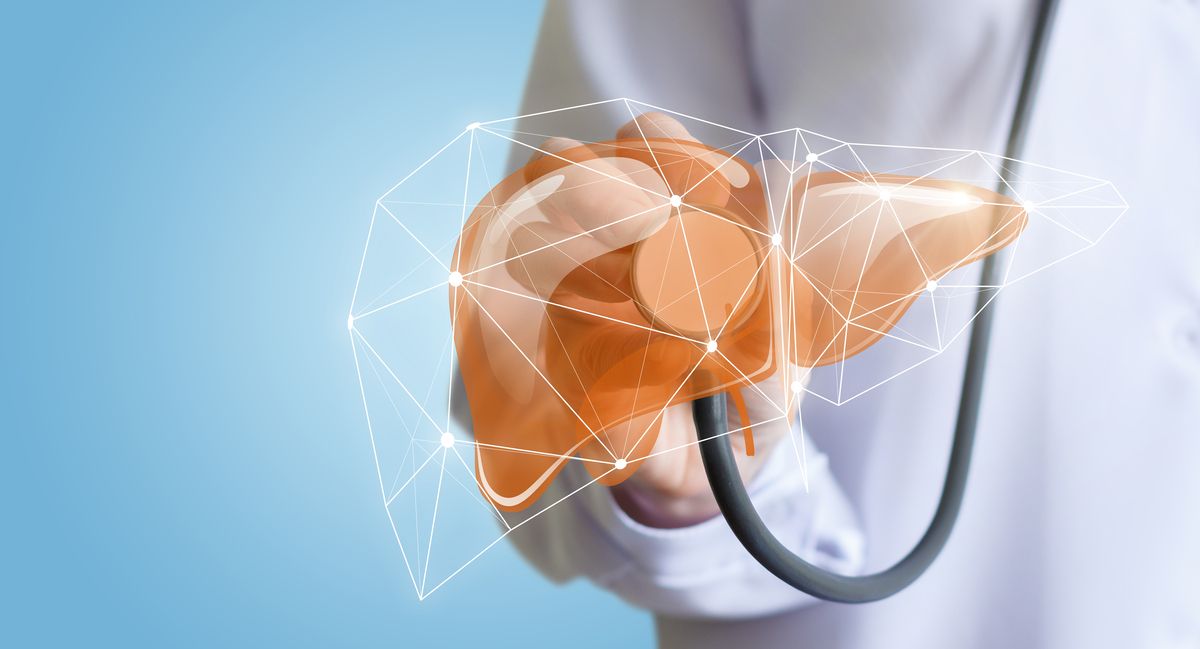Article
Review Outlines Nutrition Assessment, Management in Patients With Cirrhosis
Author(s):
A comprehensive review assessed the ways that proper nutrition could help reduce the adverse effects of hepatic encephalopathy in patients with hepatic encephalopathy.
A recent review published in the Journal of Clinical Medicine explored proper nutrition in patients with hepatic encephalopathy (HE), a complication of liver cirrhosis. The review outlined ways in which proper nutrition, or lack thereof, could be properly identified in patients and how healthy intake of certain foods could help address the threats of malnutrition and obesity.
HE is one of the most frequent complications of liver cirrhosis, as it affects between 35% and 40% of all patients with cirrhosis. HE is defined as a patient having altered cognitive status and neuromuscular function, which makes proper nutrition to maintain muscle mass important in these patients.
A reduction in carbohydrate metabolism and enhanced protein metabolism causes patients with cirrhosis to have abnormal energy production and to burn proteins much faster due to the body’s increased need. This often leads to altered nutritional status in patients with cirrhosis, including malnutrition, which some studies have posited to be the most frequent complication of cirrhosis. Malnutrition can negatively affect the patient’s prognosis and exacerbate anorexia-cachexia, the cycle of lack of appetite and loss of weight and muscle.
Protein-calorie malnutrition is associated with more complications of cirrhosis, including HE, impaired liver function, and mortality. Patients who have the worst prognosis in cirrhosis are those who have both sarcopenia and myosteatosis, both of which affect muscle mass.
Assessment and management of nutrition, therefore, is vital, according to the review authors. However, they noted that a diagnosis of malnutrition in early stages of cirrhosis is hard to obtain and there is no consensus on the best method of diagnosing and classifying it. A preliminary step in evaluation of patients with cirrhosis is to define their nutritional status.
However, limitations to defining nutritional status exist, including:
- Differences in gender body composition and tissue loss that limit instruments measuring muscle mass in women
- No standardized approach to diagnosing malnutrition
- Fluid retention makes body weight and mass unreliable
- Biochemical markers are affected by plasma dilution and altered hepatic synthesis
- More accurate measurements have high costs and are not always available
Nutritional status is currently assessed without tools using food diaries, objective examinations, biochemical parameters, and micronutrient dosage. Tools that have been used to assess nutritional status include bioimpedance testing, handgrip strength tests, DEXA examination, indirect calorimetry, CT scan, and assessment of global physical performance. However, most of these tools have downsides, including limited applicability to women, limitations in patients with electrolyte disturbances, and water imbalance.
The European Society for Enteral and Parenteral Nutrition guidelines suggest a multiparametric way of assessing nutrition, using indirect measures like the subjective global assessment questionnaire and anthropometric assessment. These assessments are sensitive and can identify patients most at risk for malnutrition.
The review goes on to suggest that patients with cirrhosis need proper nutrition to avoid muscle loss and achieve a positive nitrogen balance. Patients should have a daily calorie intake of 30 kcal/kg per day. Patients who are obese should have their energy intake reduced to 20 to 25 kcal/kg per day and should have 4 to 6 daily meals to prevent gluconeogenesis.
Protein intake should be about 1 to 1.5 g/kg per day to prevent sarcopenia and improve nitrogen balance, and protein should primarily be consumed at night to encourage more gains in muscle mass. Consumption of vegetables rich in protein has also been found to improve HE. Patients with cirrhosis and HE should consume 25 to 45 g per day of fruits and vegetables with fiber. No recommendations for carbohydrates, lipids, or protein supplements currently exist.
The researchers concluded that assessing and managing the nutrition of patients with cirrhosis and HE can help address the adverse effects of both and can improve prognosis. Assessment of nutritional status should be the first step in establishing dietary control for these patients.
“It would be essential to manage patients in a multidisciplinary team involving a specialized dietician and address this aspect even in the early stages of the disease, in order to prevent the appearance of sarcopenia and potentially other complications of liver cirrhosis such as HE,” the authors wrote.
Reference
Faccioli J, Nardelli S, Gioia S, Riggio O, Ridola L. Nutrition assessment and management in patients with cirrhosis and cognitive impairment: a comprehensive review of literature. J Clin Med. 2022;11:2842. doi:10.3390/jcm11102842

MA Beneficiaries May Be at Disadvantage for Complex Cancer Surgeries



